
Secrets behind dough of ‘world’s best pizzas’ in Hong Kong revealed
- Franco Pepe’s famous pizzas at Kytaly are made of dough that adheres to strict hydration and temperature guidelines
- Watch an Italian chef in Macau make an authentic Neapolitan pizza
Even though pizza dough is only made from four basic ingredients – flour, yeast, salt and water – each pizzeria makes it differently.
Depending on the type of crust desired, whether that be thin or thick, brittle, pillowy, chewy or tender, the pizzaiolo or pizziaiola will adjust the ingredients, mixing method, fermentation time and how the pizza is baked. Even the humidity and temperature can affect the results.
Durian pizza? Five Asian toppings you’ll never see in Italy
The newest pizzeria in Hong Kong is Kytaly, which opened in September on Wyndham Street in the city’s Central district. It serves pizzas designed by Franco Pepe, a third-generation baker who has spent more than 25 years developing the perfect dough. His pizzeria, Pepe in Grani, in the Italian city of Naples, is said to serve the best pizza in the world.
With the help of an Italian partner, Pepe branched out to Geneva in Switzerland and opened the first Kytaly in 2016, which sells some 1,000 pizzas a day. And now those pizzas are available in Hong Kong, cooked in a specially designed oven that bakes them in around 90 seconds.
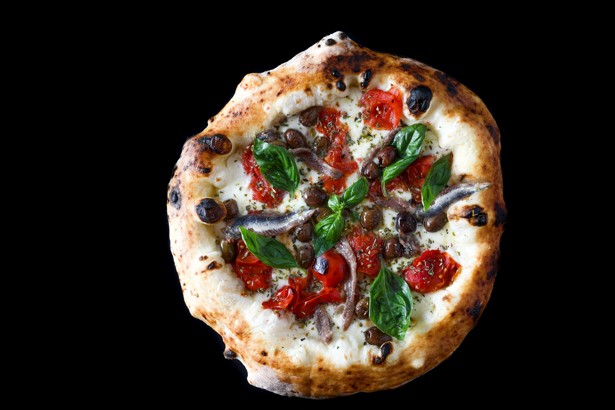
The edges of these pizzas are thick and high thanks to carefully prepared dough that is easy to digest, says Alessandro Bortesi, the partner who helped bring Kytaly to both Geneva and Hong Kong.
As a child Bortesi loved eating pasta and pizza, and even though he became an architect, he always wanted to open a restaurant that served two of his favourite foods.
He says he begged Pepe many times to make pizzas for him in Geneva and finally the baker relented. Three years later, Bortesi decided it was time to open another branch on the other side of the world.
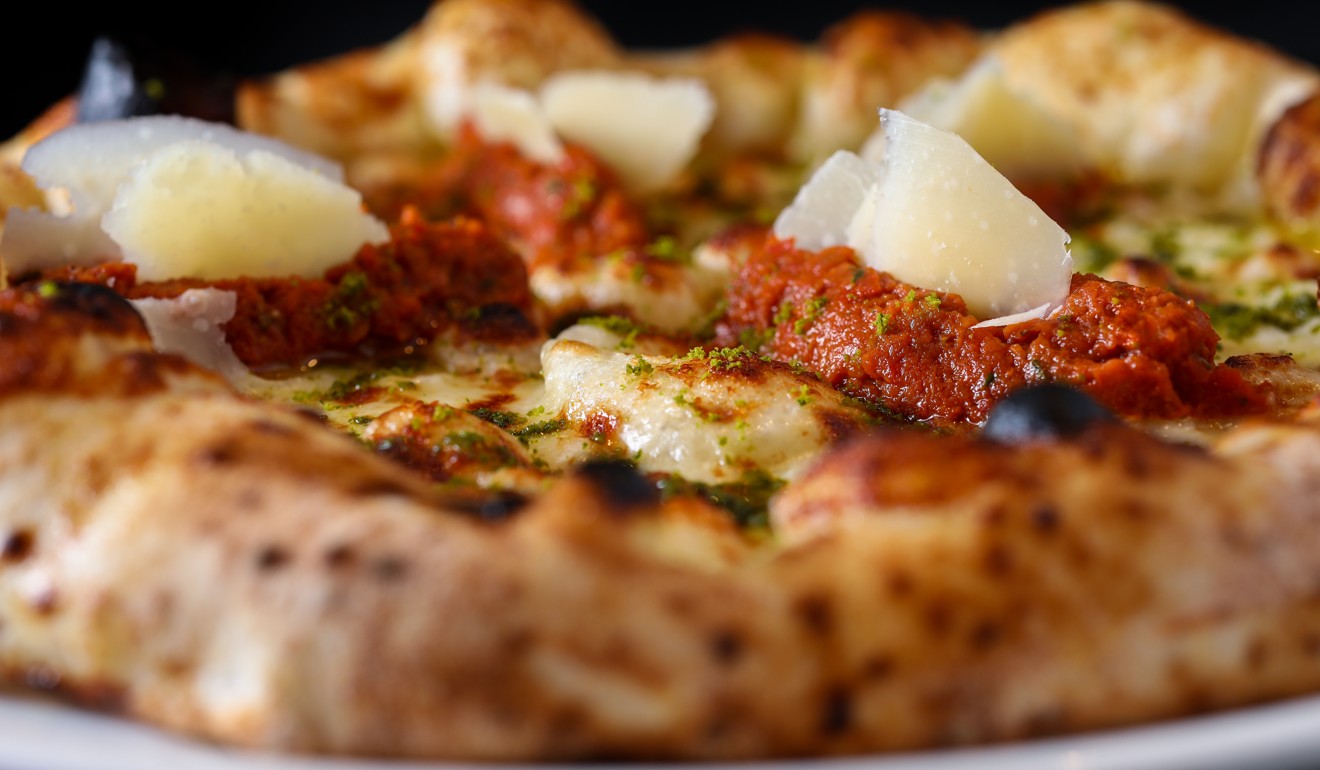
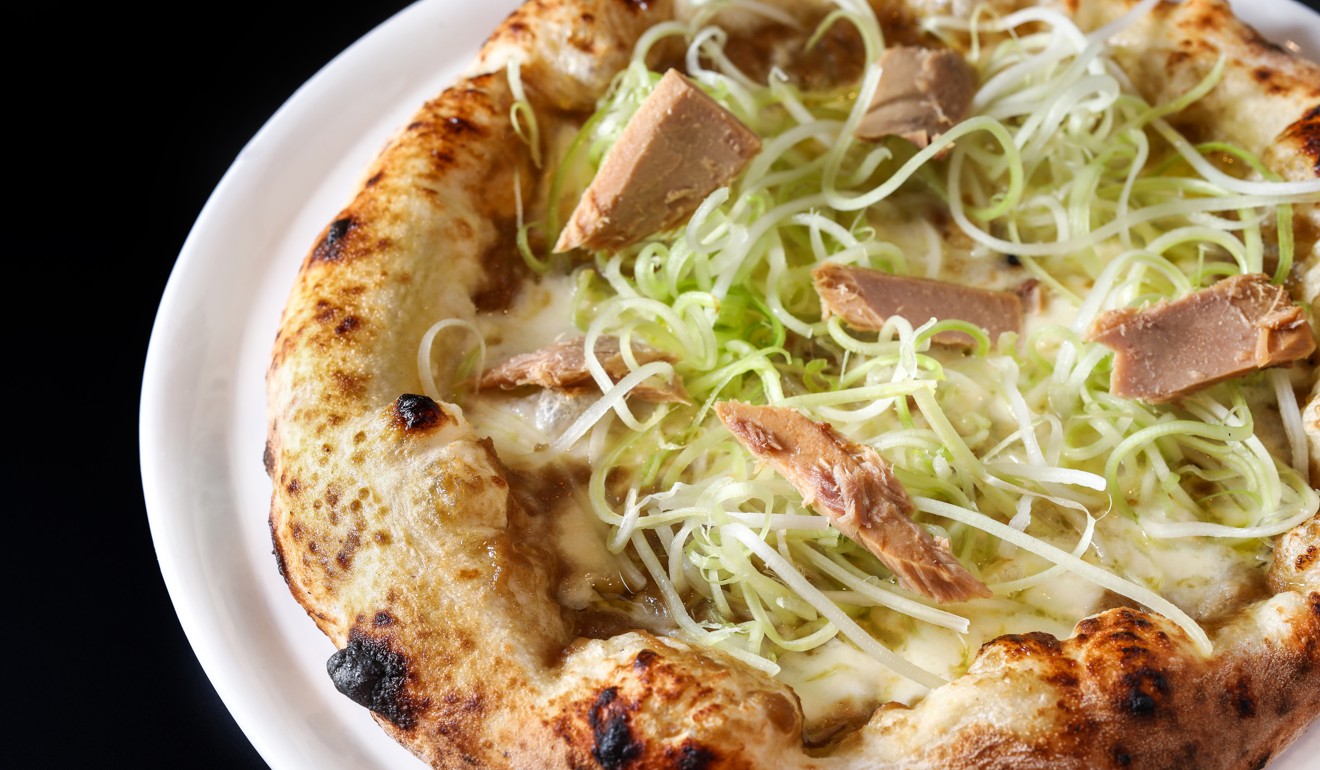
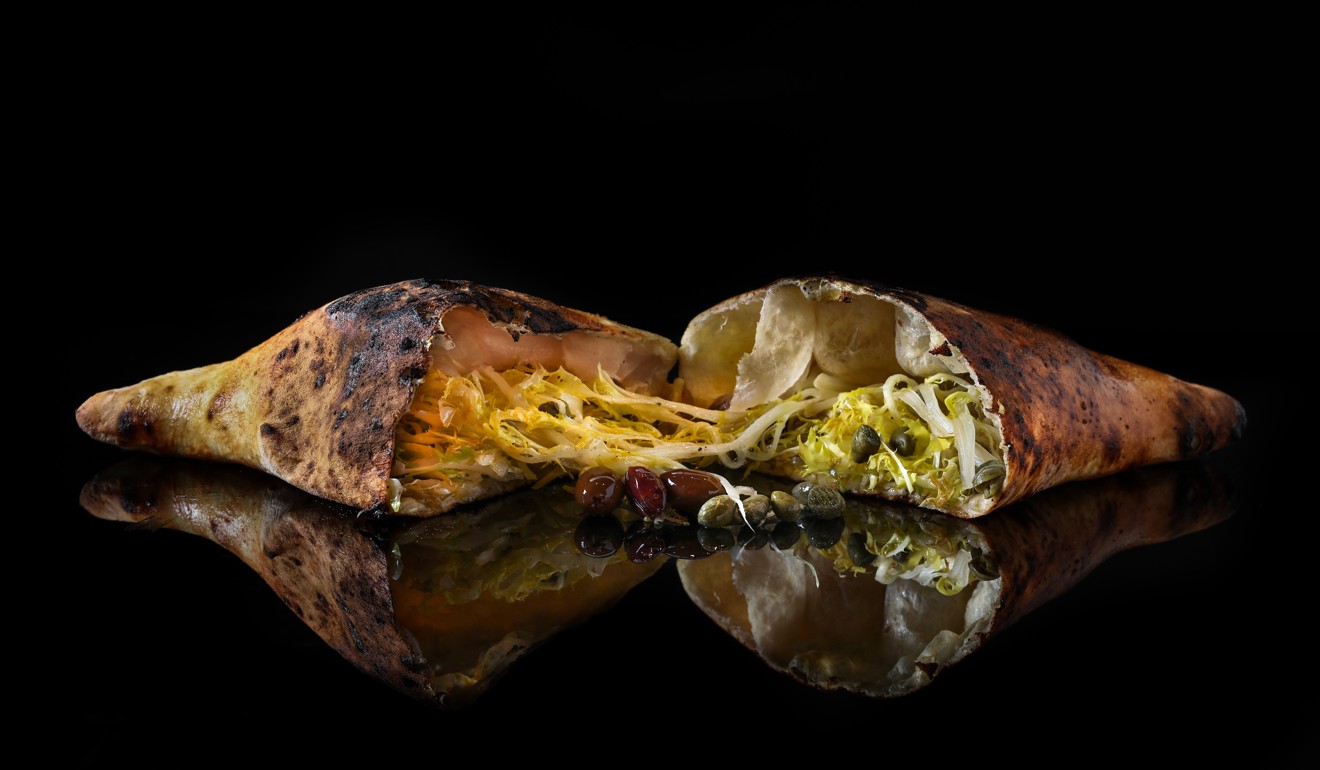
The flour used at Kytaly is made of three kinds of organic wheat, although the ratios change according to the time of harvest. The flour is mixed with purified water, salt and then yeast. Bortesi says that the temperature of four elements – the flour, the water, the room and the heat generated from the mixer – must be taken into account to result in dough that is between 23 degrees and 24 degrees Celsius.
The dough is then left to rest for around 24 hours in a large wooden box with a lid, where it rises.
In the morning around 9am, the pizzaiolo portions out the dough and lets it rest again until lunchtime, when it is shaped and baked to order.
There’s a lot of protein in the flour and where they process the wheat they have a laboratory that constantly measures the proteins
Currently, Kytaly makes around 60 dough balls per day, but this is expected to ramp up to as many as 150 to 200. The pizzas are shaped by pushing the dough from the centre outwards to create the puffy edge.
“The dough has 70 per cent hydration, and it’s the water that facilitates digestion,” Bortesi explains, although he stops short of saying pizza is a health food.
In Macau, pizzaiolo Maurizio Ferrini hails from a family of bakers in Naples. A chef at Casa Don Alfonso in the Grand Lisboa hotel, he says he used to enjoy helping his grandfather make cookies and cakes in their wood-fired oven, but his real passion is pizza, which he has been making for 11 years.
At Casa Don Alfonso, Ferrini makes his dough by mixing dry yeast with purified water. He slowly pours this into a bowl holding double zero flour and mixes them together before adding more water and then salt.
The dough is quite wet, at 68.5 per cent hydration, and is no more than 24 degrees Celsius. Ferrini lets it rest for seven hours at room temperature and then overnight in the refrigerator at 10 degrees for a total of 36 hours.
By that time the dough has doubled in size and become as soft as a marshmallow, seemingly delicate but with a lot of elasticity. Ferrini shows that the dough’s interior has a web-like structure thanks to the living yeast inside creating the dough structure.
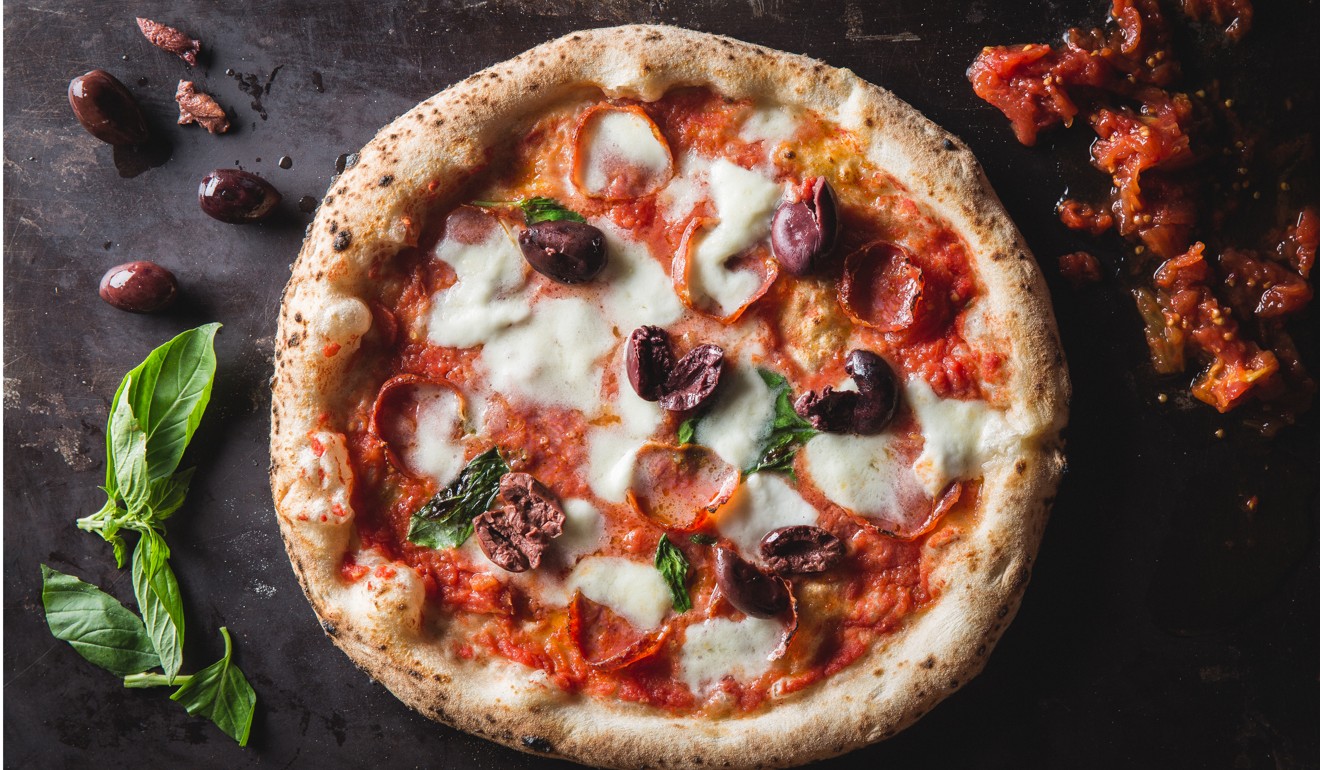
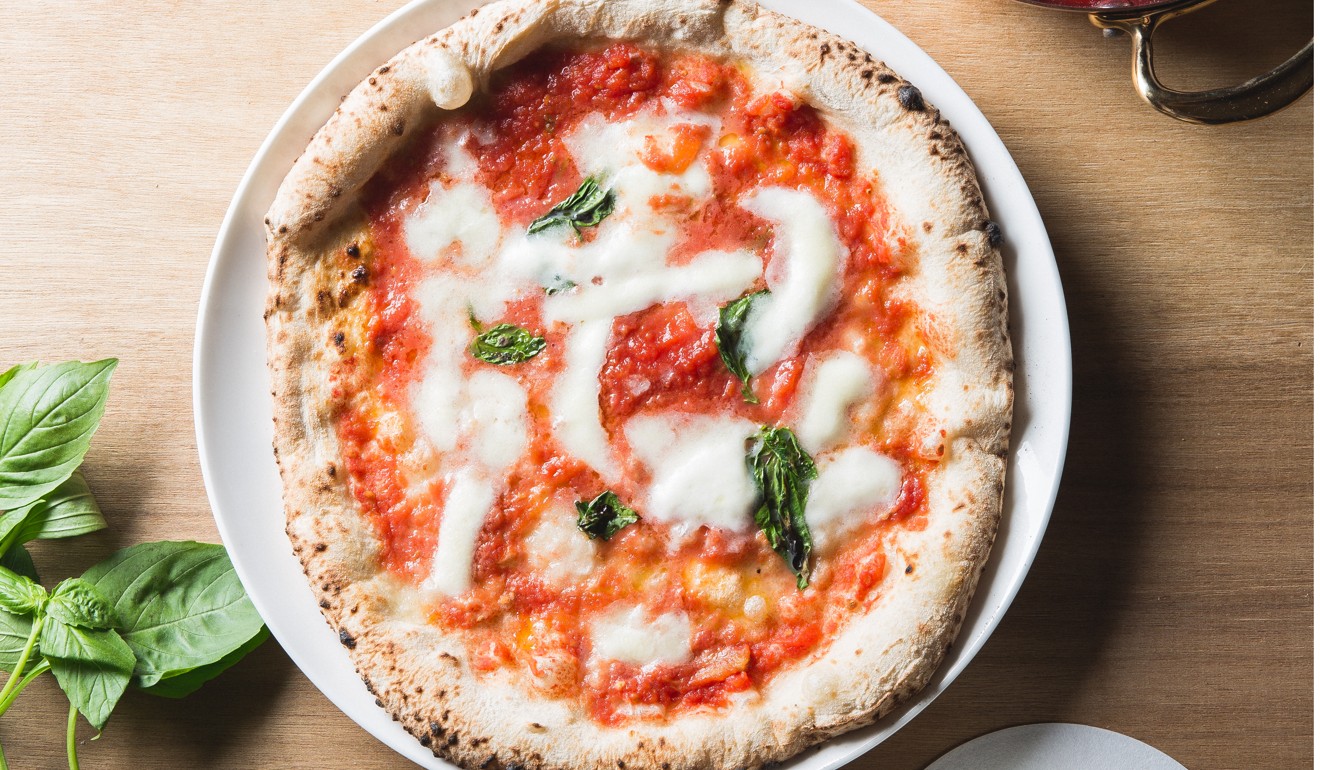
Back in Hong Kong, Black Sheep Restaurants co-founder Christopher Mark remembers taking three months off to learn how to make pizzas in Italy while working as an executive chef at the Dining Concepts restaurant group eight years ago. He learned from Enzo Coccia, who has two restaurants outside Naples, a pizza school and has written a book about Neapolitan pizza.
“At the time everyone thought I was crazy and thought I was [just] having a good time. But in fact Enzo had been a military drill instructor so he was very regimented in his operation,” Mark says. “It was really hard work. He was a very tough and would shout at me every day. I worked like a donkey.”
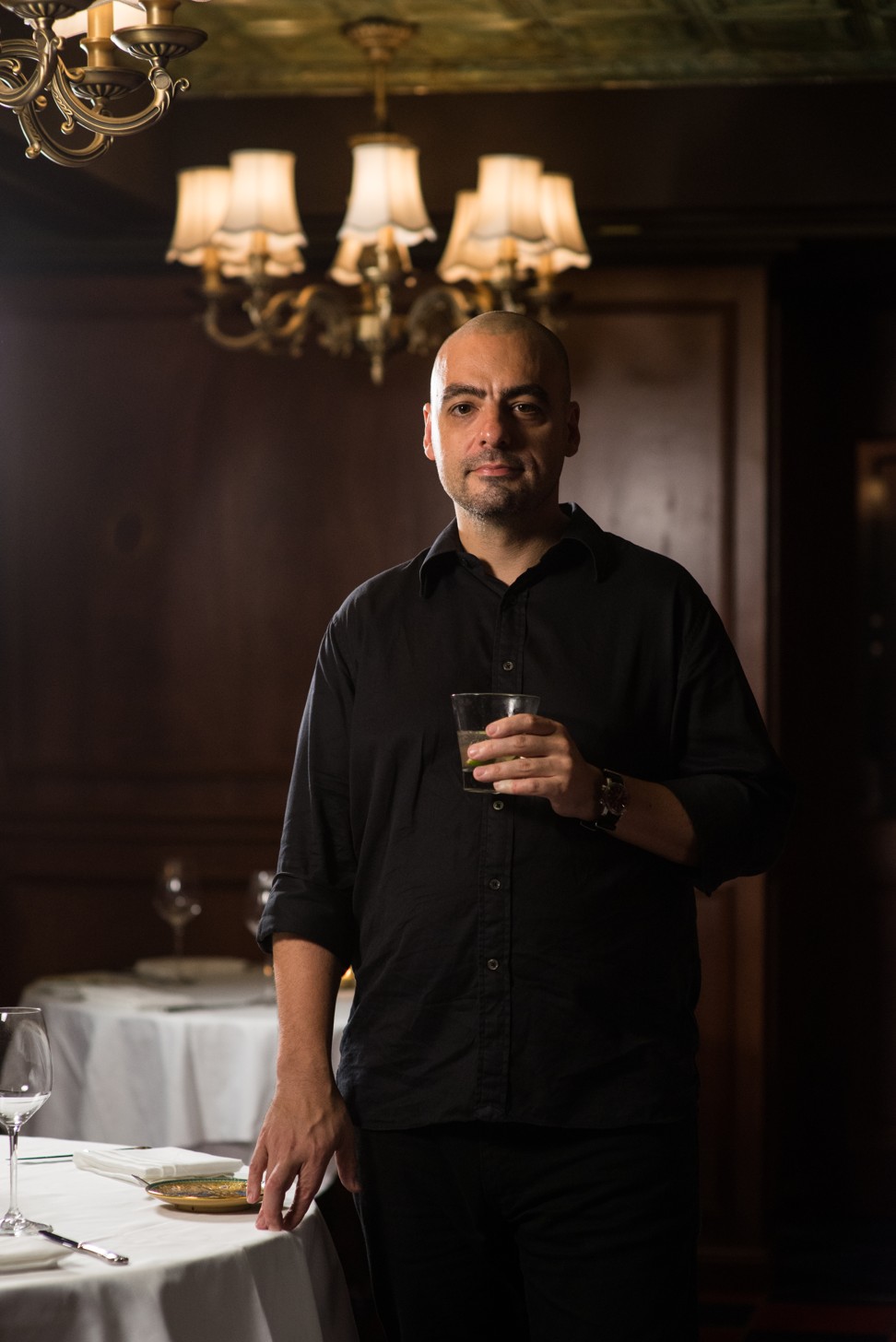

Motorino, a Neapolitan pizza joint under the Black Sheep Restaurants group, uses Caputo pizza flour from Naples, though the actual wheat is sourced from places including Eastern Europe, Canada and Australia.
“There’s a lot of protein in the flour and where they process the wheat they have a laboratory that constantly measures the proteins,” Mark explains. “It’s blended to have a consistent protein content because it’s the protein that gives structure to the pizza. It’s different for cakes, bread and pasta.”

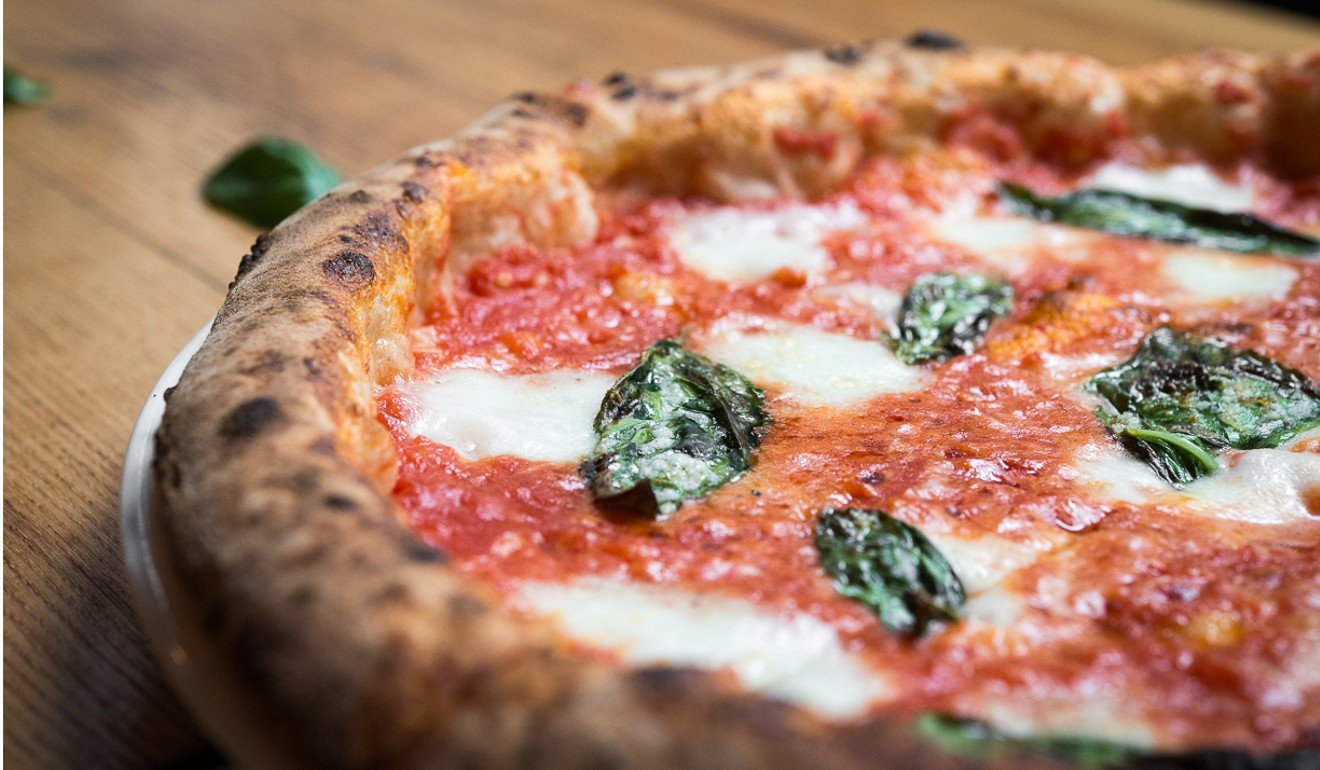
To make the dough, the flour is mixed with natural sea salt, dry yeast from Italy and water. Like at Kytaly, the dough also has a hydration of about 70 per cent. At first the dough is left to ferment for eight hours at room temperature. Once it reaches a certain size, it is placed in the refrigerator for 24 hours, where it continues to rise, although at a slower rate.
Mark says dough is made all day at Motorino. They make around 300 pizza dough balls for the branch in Soho and about 250 for the one in Wan Chai.
Why aren’t we allowed to enjoy pizza with pineapple and ham?
“The dough will reach a point where it can’t be used any more because the yeast is dead, so we have a small window when we can use the dough, otherwise we have to throw it away,” he says.
“Neapolitan pizza is a simple and primitive food, but between the variables of the dough, the fire and the cook, there’s a lot of variance to manage.”
Kytaly
5/F Carfield Commercial Building, 77 Wyndham Street, Central, tel: 2808 1961
Motorino
14 Shelley Street, SoHo, tel: 2801 6881; 15 Ship Street, Wan Chai, tel: 2520 0690
Casa Don Alfonso
3/F, Grand Lisboa, 2-4 Avenida De Lisboa, Macau, tel: +853 8803 7722

